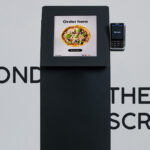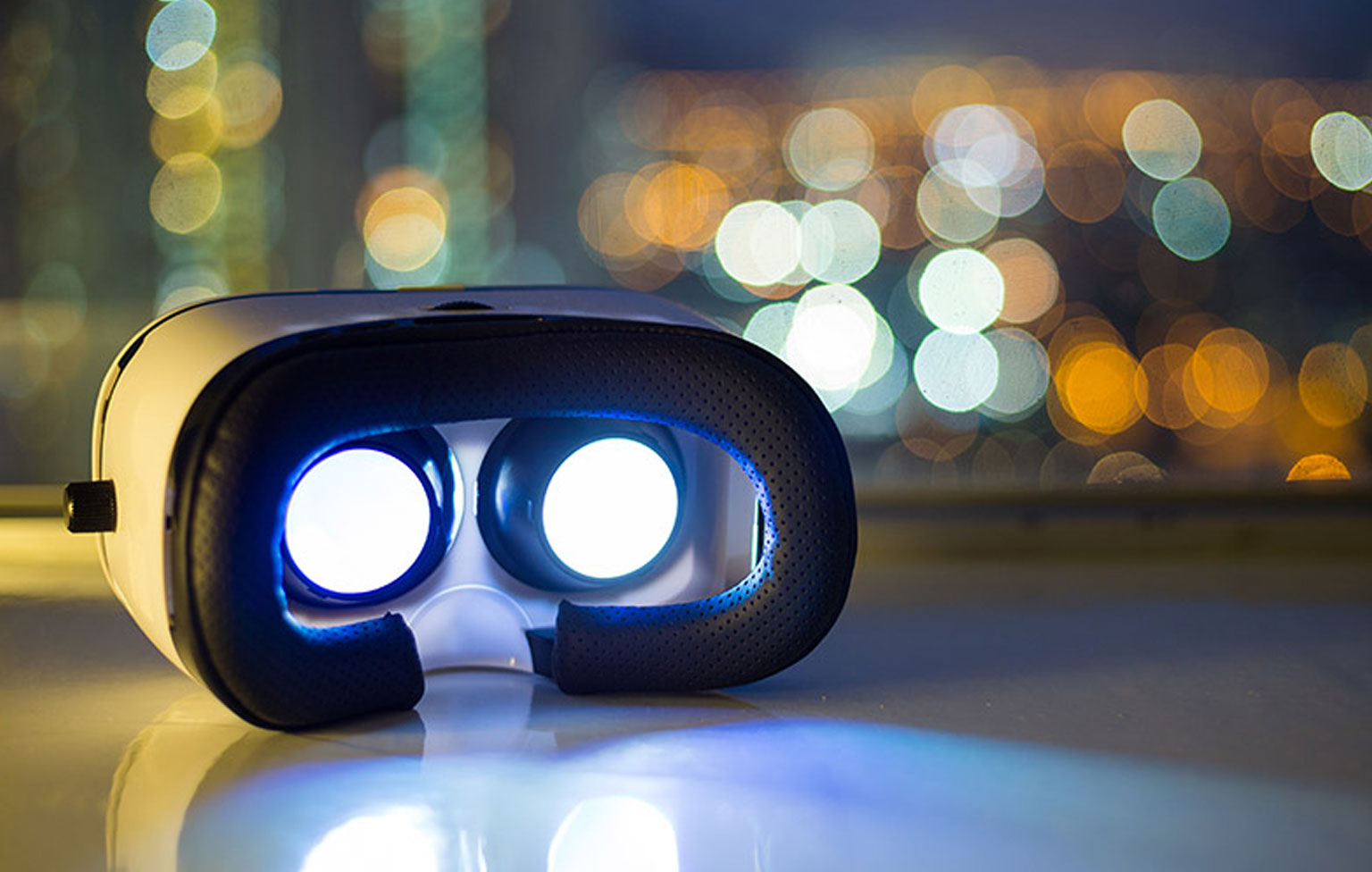Published by
When Virtual Reality became a hot topic a few years ago, the key success factor for the head-mounted medium was its adoption – a lot of talk and no user base kept many businesses from stepping into the space. Well, the Vive, Rift, and PSVR hit the market this year. 2016 will be VR’s first “billion-dollar year” and Goldman Sachs, among others, predict VR to be an $80 billion industry by 2025. What’s more interesting is 70% of the revenue in 2016 is from hardware alone. The market is equipped and growing at an alarming rate – now it’s time to give them what they came here for: content.
How do you get started? What should your first experience be? How do you ensure it resonates with your audience? The industry is still learning, but there are some things we are sure of. Here are our key success factors of virtual reality – so far.
Set aside everything you know
Virtual Reality is a new frontier, just as mobile phones were a few years ago – we knew they had potential, but it was hard to imagine a multibillion-dollar industry revolving around a device that could call, text, and barely run Tetris at 6 frames-per-second. As Paul Bettner, CEO and Founder of Playful, put it in our recent VR panel discussion – “we really have to put aside our assumptions from our experiences on other platforms.” When Playful began testing for Lucky’s Tale, they assumed first-person was the best approach (since it is a common perspective in action games and other VR experiences), but they quickly found that this made users nauseous. Instead, they discovered the opposite was true – testers were much more comfortable in third-person – which brings us to our next key success factor.
Choose comfort over convenience
There’s nothing convenient about putting on a headset, headphones, grabbing the controllers, and getting situated. However, once you’re in the experience, you quickly forget about the process you went through to get there; you may even forget about the headset and what’s going on around you all together. What is unforgettable is the feeling of uneasiness or nausea that some experiences can cause. That’s why it is vital that you take every step to ensure users are comfortable. A great, branded experience means nothing if a potential consumer walks away remembering how sick it made them feel. Thanks to various hardware and software improvements, VR is much better and feels more natural than it did even a year ago – but it is still on the designers and developers to ensure it is comfortable.
Make it an experience
If you’re looking to leverage VR for your brand, no matter what the end product is – make it an experience. As Andy Mathis, Business Development and Partnerships at Oculus, stated during the discussion: “there needs to be something that draws everyone in – big, recognizable brands is a way to do that. Especially if what they create aren’t just promotions, but stand-alone experiences that keep people coming back.” The best way to resonate with your audience is to give them a one-of-a-kind experience that will make them want to come back for more or share it their friends and family.
For more insights into virtual reality, best practices for creating your first experience, and to hear how developers and brands are using the technology today, check out our panel discussion with Playful, Oculus, and BigLook360.
To schedule a demo or to find out how your brand can benefit from a virtual reality experience, contact us today.
Share:
Categories
tags
Related Posts


The Great Big Budget Cut: Prioritization


